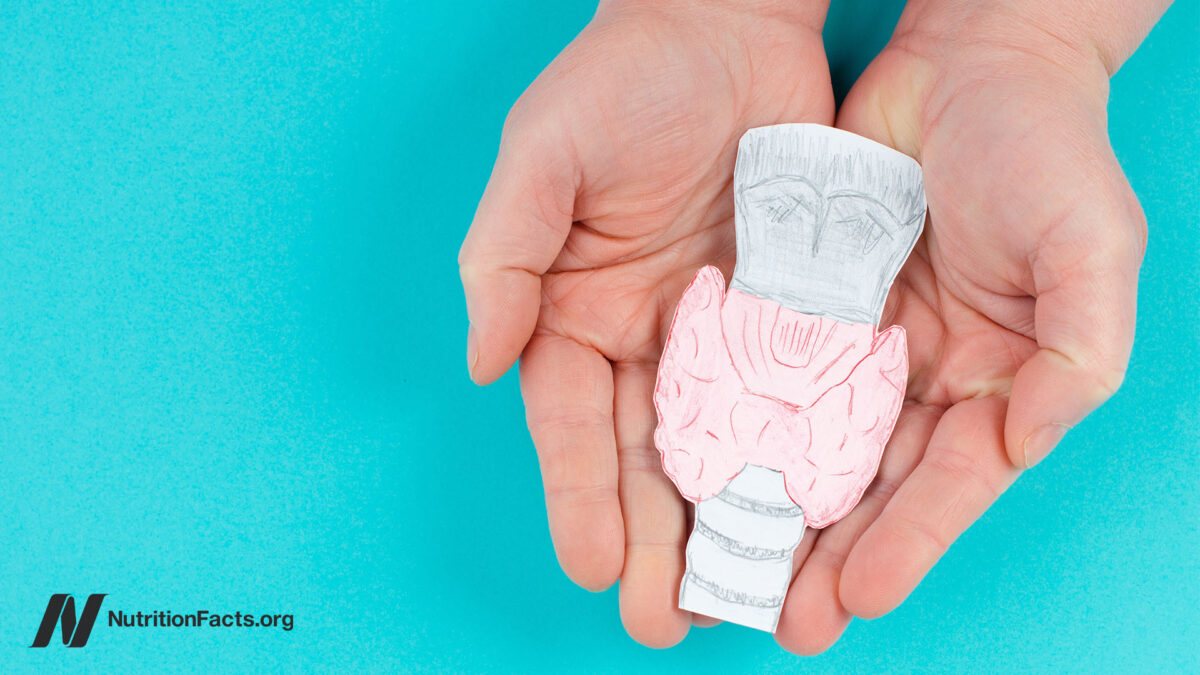How will the Terra (LUNA) crash impact crypto regulations in S’pore?
After wiping out over US$50 billion in value, the UST / LUNA crash makes a case for stronger crypto regulations to protect retail investors.

Disclaimer: Opinions expressed below belong solely to the author.
Cryptocurrency holders have suffered monumental losses over the past month. These can primarily be traced to the crash of the Terra (LUNA) cryptocurrency and the TerraUSD (UST) stablecoin.
At the start of April, LUNA had reached an all-time high of US$119 and for the rest of the month, it continued to outperform the crypto market. The demand for UST followed suit as well, making it the third largest stablecoin by market cap.
However, it wasn’t long until the tides shifted. The first week of May saw hundreds of millions worth of UST being swapped for other stablecoins and cryptocurrencies. The reason behind these swaps remains unclear, although there have been speculations that they were part of a targeted attack.
Binance’s $LUNA investment was worth $1.6 billion 9 days ago.
Today, it’s worth less than $3,000.
As a stablecoin, UST’s value was meant to be pegged to the US dollar — meaning 1 UST would always be worth US$1. Due to the substantial liquidation, this peg fell through and UST’s value began falling.
The Luna Foundation Guard — an organisation supporting the Terra ecosystem — attempted to inject liquidity and re-establish the peg, but to no avail. In a single day, UST’s value fell to under US$0.30. LUNA crashed by over 96 per cent to a price of US$0.10.
Since then, both coins have continued losing value and remained extremely volatile. Collectively, investors have lost billions of dollars in value, which has led to many seeking out compensation.
Singaporean investor files police reports
Since the Luna Foundation Guard and Terraform Labs — the company which created Terra blockchain — are both registered in Singapore, a local investor took it upon himself to lodge a police report earlier this month.
In the report, the investor refers to UST as a “ponzi” scam and claims that it isn’t okay for such an investment to be sold to retail investors who do not know any better.
The investor also blames Singaporean influencers and so-called finance gurus for spreading misinformation about UST being a risk-free investment.
Finally, he states that Do Kwon, the founder of Terraform Labs, should be held accountable and refund investors the money which he made from LUNA.
Is LUNA / UST actually a scam?
The crypto market is no stranger to volatility, and more often than not, investors don’t have any recourse when they fall victim to it. This is especially true when the volatility is simply a result of day-to-day trading.
In the case of cryptocurrencies such as the Squid Game token, the creators were directly to blame. They launched the coin under false pretenses and sold off all their holdings shortly after. It was a clear-cut rugpull.
 The attempts to re-establish UST’s peg — as seen by the spike-ups in the trading chart — were ultimately unsuccessful / Screenshot of CoinMarketCap
The attempts to re-establish UST’s peg — as seen by the spike-ups in the trading chart — were ultimately unsuccessful / Screenshot of CoinMarketCapOn the other hand, the crash of LUNA and UST wasn’t premeditated by Terraform Labs. Rather, it seems to have been a bank run triggered by crypto whales.
Although the trading charts closely resemble those of a rugpulled cryptocurrency, there’s little to suggest that the developers behind Terra set out with the intention to scam investors.
The need for stablecoin regulations
Despite this, some might argue that Terraform Labs are still to blame. Unlike stablecoins such as USDC and XSGD, UST wasn’t collaterised with fiat currencies at all. Instead, it was backed by LUNA.
This meant that investors could swap 1 UST for US$1 worth of LUNA at any given time. If the value of UST were to fall below US$1, it would open up an arbitrage opportunity wherein people could buy UST and instantly profit by swapping it for LUNA.
Any UST tokens exchanged would be burnt until the value of UST returned to US$1. In theory, this seemed to work, however, it turned out to be a flawed system.
if literally 99.9% of #LUNA got burned today that would still leave it with….
6.5 billion LUNA in supply lol
LUNA supply before the crash — 340 million
Do Kwon should do more!
After the mass UST sell-off in April, investors immediately tried to capitalise on the arbitrage opportunity. As they swapped UST for LUNA, the total supply of LUNA rose from around 700 million tokens to over 7 trillion. This caused LUNA to lose most of its value as well.
Had UST been backed by fiat assets, this could’ve been avoided. For instance, if Terraform Labs stored US$1 worth of fiat currency for each UST coin issued, UST’s value would remain stable even in the event of a mass sell-off.
As regulators around the world begin to scrutinise stablecoins, it seems inevitable that new laws will soon emerge.
Stablecoins in Singapore
Especially among new investors, the term ‘stablecoin’ seems to inspire a degree of false confidence. They’re led to believe that the coins are without risk and somehow offer double-digit interest rates, far above those of banks.
Although the victims of the LUNA / UST crash are unlikely to receive support from Singapore regulators, the regulatory landscape may shape up to avoid such events in the future.
Currently, the Monetary Authority of Singapore (MAS) recognises three types of crypto assets — cryptocurrencies, utility tokens, and security tokens — each with their own set of regulations.
In particular, security tokens are strictly governed, adhering not only anti-money-laundering and counter-terrorist-financing regulations, but the Securities and Futures Act as well.
Although MAS often warns against retail crypto trading, it has shown a commitment to support the growth of blockchain technology. In March 2022, the governing body stated that it would review industry developments relating to stablecoins and assess its appropriate regulatory treatment accordingly.
These regulations could go a long way in rebuilding trust among crypto investors following the market downturn.
To speculate on the form which they might take, we can look at crypto companies operating with a Major Payment Institution (MPI) license in Singapore.
For example, StraitsX — the company which issues the XSGD stablecoin — is licensed for e-money issuance in Singapore. Under the terms of this license, the company is required to maintain a 1:1 backing between its stablecoin and the Singapore dollar.
By mandating that assets advertised as stablecoins meet such requirements, regulators could help close the gap between the perceived and actual risk undertaken by investors.
How ever Singapore responds to the LUNA / UST crash, it’s sure to play a pivotal role in the future of crypto adoption in the country.
Featured Image Credit: Outlook India

 Tfoso
Tfoso 
































